The world of wigs has evolved dramatically over the years, with advancements in materials and construction techniques making modern wigs nearly indistinguishable from natural hair. One critical aspect that often goes unnoticed but plays a pivotal role in comfort and realism is the ventilation density of wig caps. This refers to the spacing and arrangement of the tiny holes or mesh through which hair strands are tied. While it might seem like a minor detail, the density of these ventilation points can make or break the wig-wearing experience.
When discussing wig cap construction, the term “breathability” frequently comes up. A wig with poor ventilation can feel stifling, especially in warmer climates or during extended wear. The density of the mesh or netting determines how much air reaches the scalp. Higher-density ventilation, where the holes are closely spaced, may offer a more natural-looking scalp appearance but can compromise airflow. Conversely, a looser mesh allows for better breathability but might reveal too much of the underlying cap, making the wig look less realistic.
Manufacturers often strike a delicate balance between aesthetics and functionality. For instance, lace front wigs typically feature a fine, high-density mesh at the hairline to mimic the natural growth of hair. This area requires precision to avoid a "plugged" or artificial look. Meanwhile, the crown and back sections might use a slightly looser weave to enhance comfort. The choice of materials—whether Swiss lace, French lace, or monofilament—also influences how the ventilation density performs in terms of durability and realism.
Another factor to consider is the type of hair used in the wig. Human hair wigs often require a different ventilation approach compared to synthetic ones. Human hair is heavier, so the cap must distribute weight evenly to prevent tension on the scalp. A denser ventilation pattern can help anchor the hair more securely, but it may also trap heat. Synthetic wigs, being lighter, can afford to use a more open mesh without sacrificing stability. This distinction is crucial for buyers to understand when selecting a wig for daily wear versus occasional use.
The evolution of wig cap technology has introduced innovative solutions like hybrid caps, which combine different ventilation densities in strategic areas. For example, a hybrid cap might feature a monofilament top for multidirectional parting and a softer, stretchable mesh at the sides for a snug fit. These designs cater to users who prioritize both comfort and a natural appearance. Custom wigs take this further by allowing wearers to specify ventilation density based on their scalp sensitivity or lifestyle needs.
Ultimately, the ideal ventilation density depends on individual preferences and how the wig will be worn. Those in humid climates might prioritize breathability, while others may focus on achieving the most undetectable hairline possible. As wig technology continues to advance, the interplay between ventilation density, materials, and construction techniques will keep pushing the boundaries of what’s possible in hair replacement solutions.

By Natalie Campbell/Apr 27, 2025
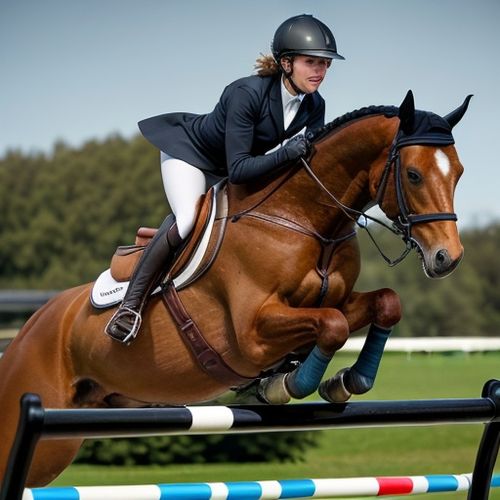
By Emma Thompson/Apr 27, 2025

By George Bailey/Apr 27, 2025
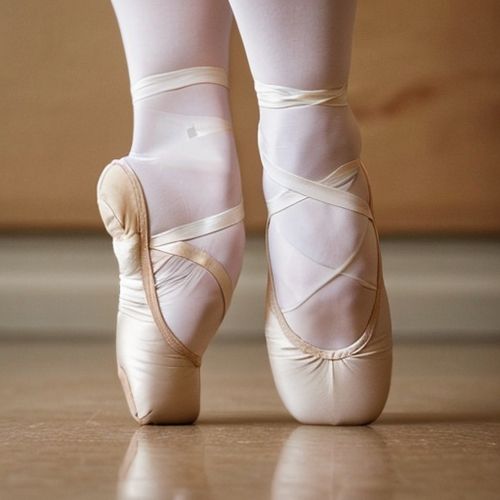
By William Miller/Apr 27, 2025

By James Moore/Apr 27, 2025

By Lily Simpson/Apr 27, 2025
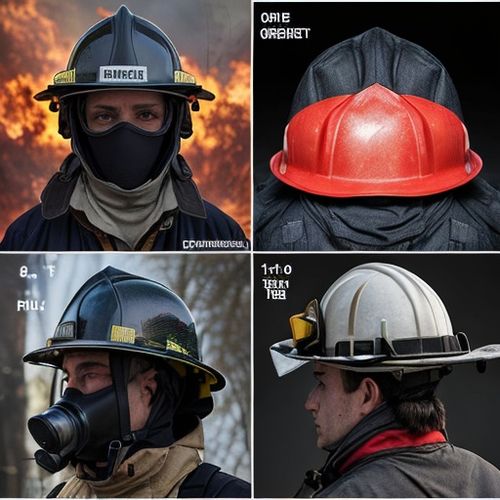
By Elizabeth Taylor/Apr 27, 2025

By Benjamin Evans/Apr 27, 2025

By Elizabeth Taylor/Apr 27, 2025

By Samuel Cooper/Apr 27, 2025
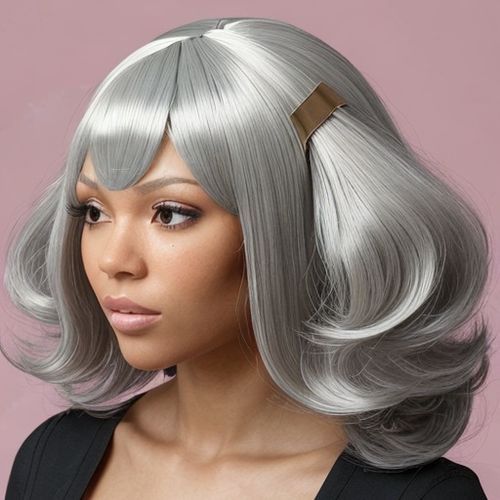
By John Smith/Apr 27, 2025
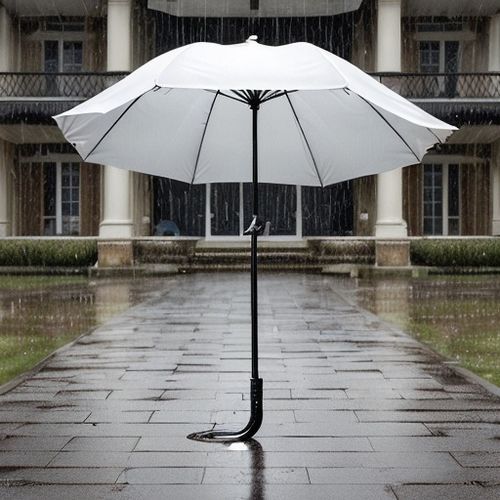
By Daniel Scott/Apr 27, 2025

By Amanda Phillips/Apr 27, 2025
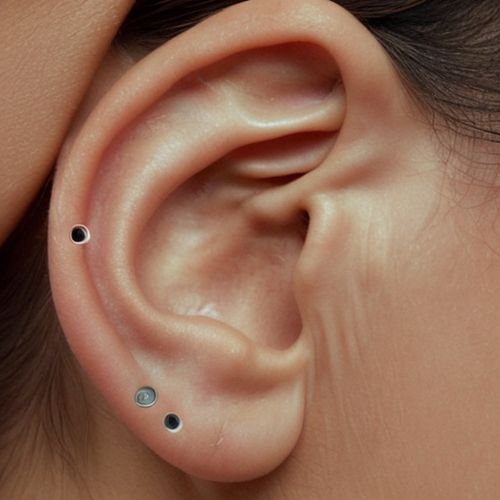
By Amanda Phillips/Apr 27, 2025

By Elizabeth Taylor/Apr 27, 2025
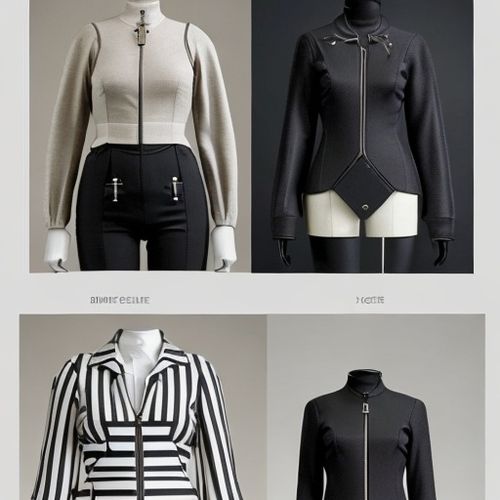
By Thomas Roberts/Apr 27, 2025
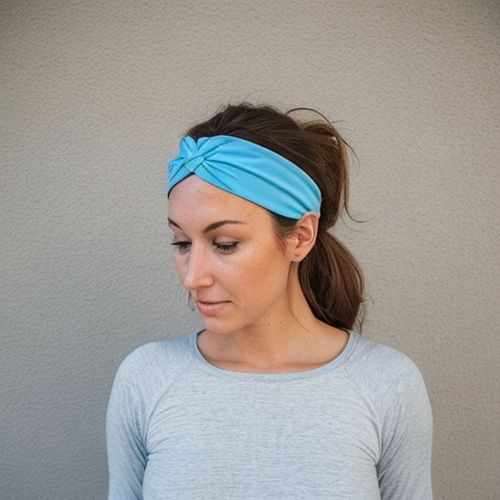
By Victoria Gonzalez/Apr 27, 2025

By David Anderson/Apr 27, 2025

By Emma Thompson/Apr 27, 2025
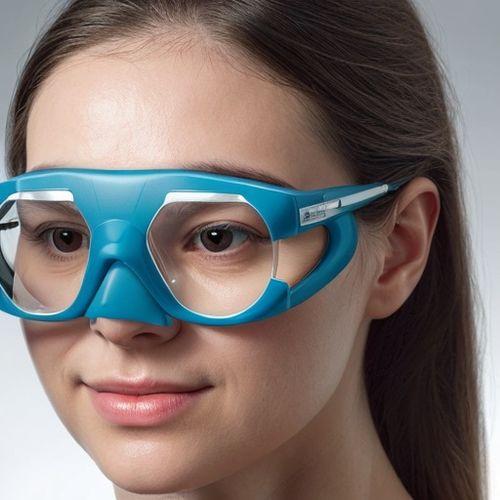
By Daniel Scott/Apr 27, 2025